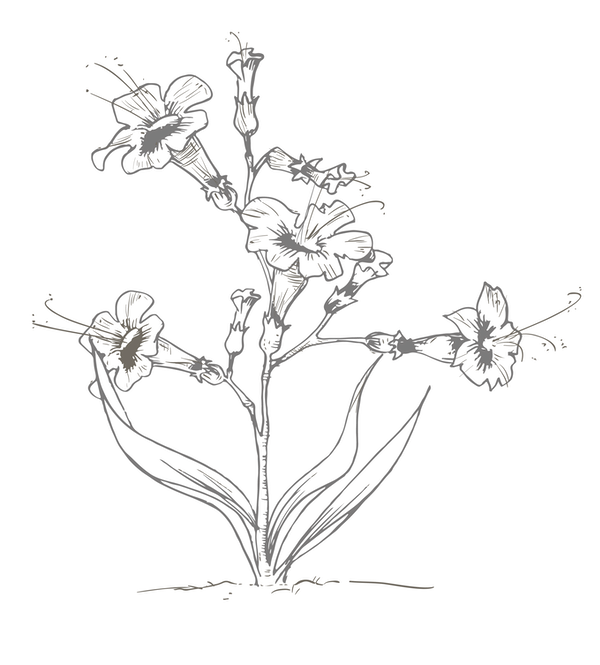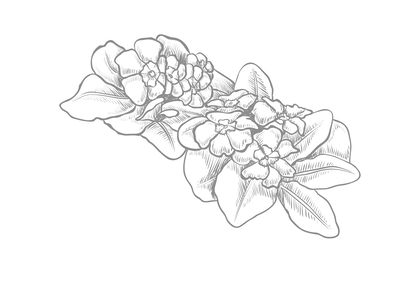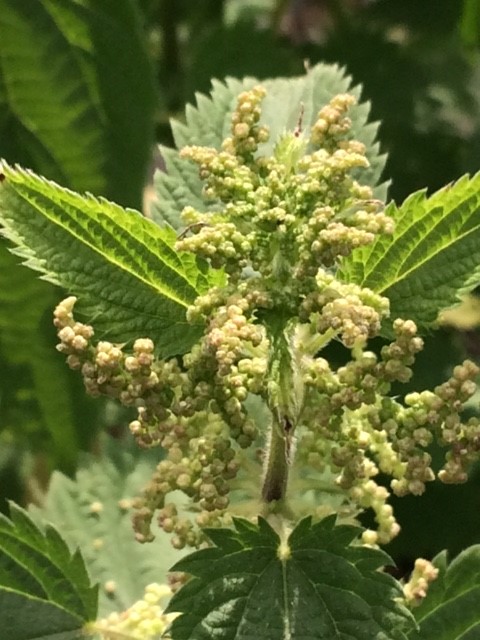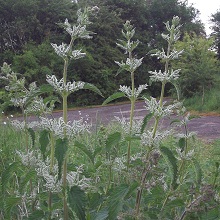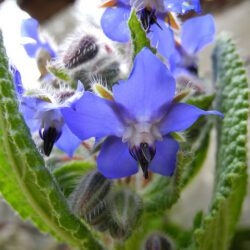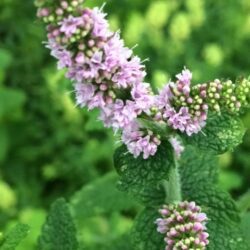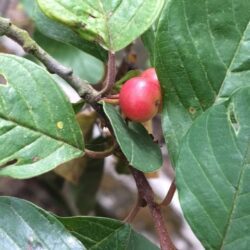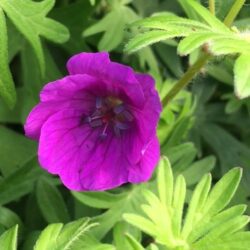Description
Often called common nettle, stinging nettle or nettle leaf, Urtica dioica are the exclusive larval food plant for several species of butterflies. Stinging nettle plants are particularly found as an understory plant in wetter environments, but it is also found in meadows. Although nutritious, it is not widely eaten by either wildlife or livestock, presumably because of the sting.
Stinging nettle produces its inflammatory effect on skin (adverse effects include stinging, burning sensation often called “contact urticaria”) both by impaling the skin via spicules, and causing mechanical irritation‚ and by biochemical irritants causing an allergic reaction, such as histamine, serotonin, and choline, among other chemicals. the use of dock leaves on nettle stings is an established folk remedy, and revolves around the sap released from rubbing the leaf over affected areas of skin, which provides a cooling sensation. Docks and nettles regularly grow in the vicinity of each other due to both plants favouring the same soil conditions, and this may have aided the dock’s popularity as a treatment for nettle stings.
Can be used to make a sage green dye but best used in the spring along with iron, or you may end up with a beige colour.
Growing up to 4 feet tall, Urtica dioica can have positive effects to ease arthritis and can be safely consumed in tea to benefit from the range of vitamins and antioxidant activities. It has also been used as a supportive therapy for urinary tract infections.

